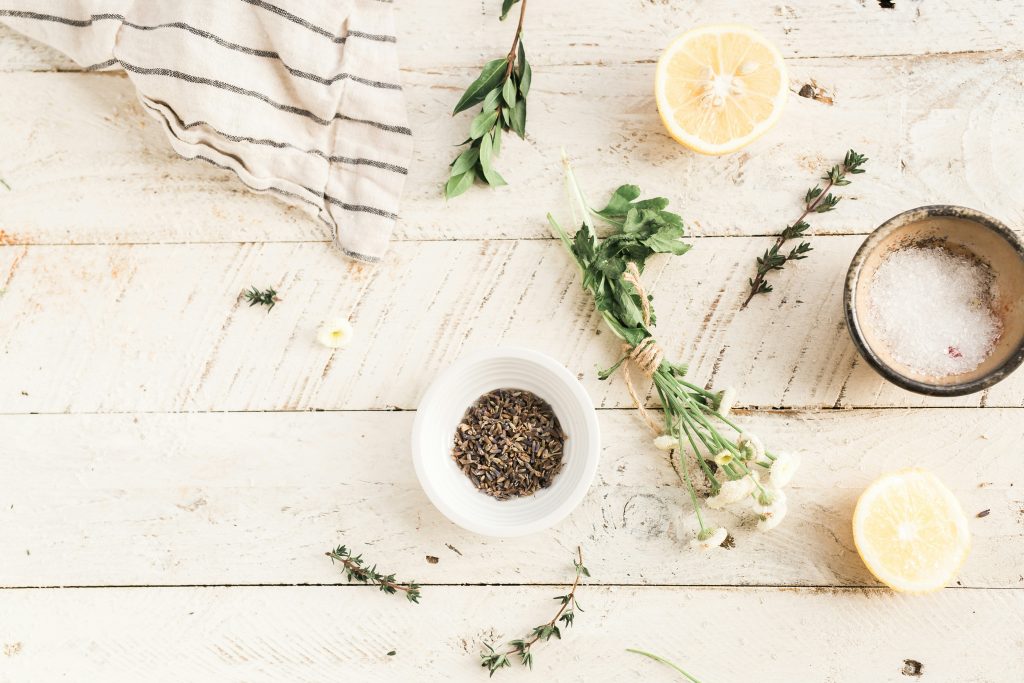
Chronic pain impacts one in five Australians aged 45 and above, affecting a staggering 1.6 million people, according to the Australian Institute of Health & Wellness (AIHW). This ongoing discomfort not only disrupts daily activities but also poses significant challenges to work and quality of life. Given these figures, it is crucial to address chronic pain with effective management strategies.
The Emotional Impact of Chronic Illness
Chronic pain can affect more than just your physical health; it can take a significant toll on your mental and emotional wellbeing too – leading to negative thoughts and emotions.
To navigate these health concerns, alternative treatment modalities can be useful solutions to help manage and mitigate pain symptoms – ranging from methods that can be done at home or provided under the supervision of a trained medical professional.
Terpenes: Nature's Aromatic Healers
Terpenes, the aromatic compounds found in plants like lavender and eucalyptus, aren’t just pleasant to smell—they can also be useful for pain relief. Select high-quality terpenes found in essential oils can be added as a few drops to your diffuser or used as a fragrance.
Alternatively, these can also be imbibed through food choices – certain foods rich in terpenes can help with pain relief. Mangoes have myrcene, citrus fruits have limonene, berries contain linalool, and pine nuts offer pinene. Thyme, rosemary, and pepper also contain terpenes like caryophyllene, camphor, and beta-caryophyllene.
However, it is imperative to note that one should always consult a certified health practitioner before changing their diet.


Acupuncture: Ancient Wisdom for Modern Healing
Originating from Traditional Chinese Medicine, acupuncture involves inserting thin needles into specific points on the body to balance energy flow. A traditional method that stimulates nerves, muscles, and connective tissue, acupuncture activates the body’s natural pain-relief mechanisms and enhances overall well-being. Remember, this practice should always be performed by a certified health practitioner.
Low Impact Exercises: Yoga, Swimming, and Walking
In the realm of movement, low impact exercises like yoga, swimming, and walking are immensely helpful. Yoga’s gentle stretches and mindful breathing enhance flexibility and reduce muscle tension. Meanwhile, swimming’s buoyancy eases joint strain, and walking boosts circulation and releases endorphins—nature’s mood lifters—all contributing to pain relief and improved quality of life.

Teas & Herbal Remedies: Nature's Pharmacy in a Cup
From chamomile to ginger, teas and herbal remedies offer more than just warmth and flavour. They’re packed with antioxidants and anti-inflammatory properties that can alleviate pain and promote relaxation. Based on Healthline Media LLC, ginger tea eases muscle and joint pain, peppermint tea soothes headaches and digestive discomfort, while turmeric tea reduces inflammation and relieves arthritis pain.
Acupressure: Finger Power for Pain Relief
As per the Memorial Sloan Kettering Cancer Center acupressure is a type of Traditional Chinese Medicine massage similar to acupuncture involving applying pressure to specific points on the body, known as acupoints.
Similar to acupuncture but without needles, acupressure involves applying firm pressure to specific points – akin to a DIY massage that stimulates blood flow, releases tension and triggers the body’s natural healing responses
Why This Matters: Nurturing Body and Mind
Understanding these natural remedies isn’t just about managing pain; it’s about nurturing your entire being. Each remedy carries centuries of wisdom and cultural significance offering holistic benefits that extend beyond physical relief. By embracing these methods, you’re not only easing discomfort but enhancing your overall quality of life—naturally.
Conclusion: Embracing a Holistic Approach to Pain Relief
Exploring natural remedies for chronic pain reveals a rich tapestry of options that not only address physical discomfort but also nurture mental and emotional well-being. The journey through terpenes, acupuncture, low-impact exercises, herbal teas, and acupressure showcases the profound impact of holistic practices on overall health. Each method, deeply rooted in tradition and nature, offers unique benefits that can transform how we manage chronic pain.
By incorporating these natural remedies, individuals can create a personalized, integrative approach to pain relief, enhancing their quality of life in a balanced and holistic way. Remember, the path to pain management is not one-size-fits-all, and exploring various options can lead to discovering what works best for you. Always consult with a certified health practitioner to tailor these remedies to your specific needs.
To learn more about the role of alternative medicines in the treatment of chronic pain and related conditions, please contact our team on 1300 MITIME or info@midispensary.com.au.
References:
[1] Source for chronic pain statistics: AIHW report on chronic pain in Australia 2018 – AIHW
https://www.aihw.gov.au/reports/chronic-disease/chronic-pain-in-australia/summary
[2] Source of Tea & Herbal Remedies: Based on Healthline Media LLC
https://www.healthline.com/nutrition/galangal-root



